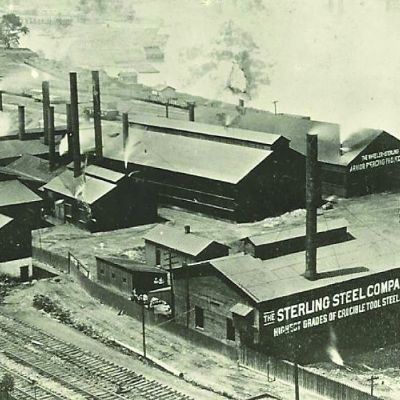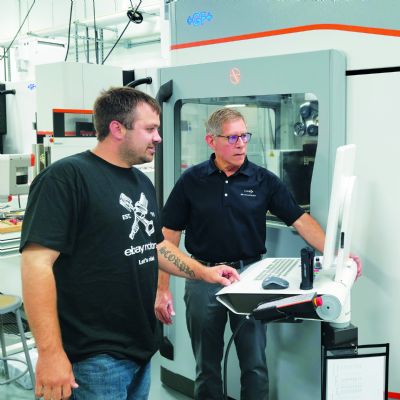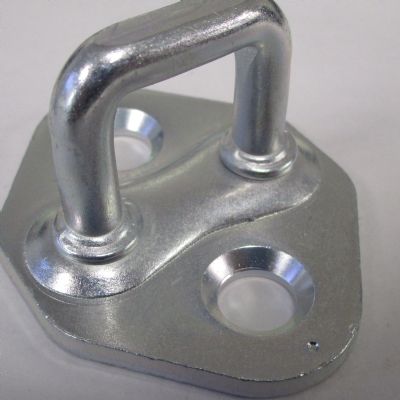Proactive Approach to Die Lube
December 1, 2007Comments
Woodbine Tool & Die (WTD), Markham, Ontario, Canada, designs and manufactures tools and dies, and produces stampings and welded assemblies, primarily for the automotive industry.
As with the majority of stamping companies, WTD was dealing with housekeeping issues and multiple die lubes to meet its production requirements. Working with local distributor Toronto Lube Service, a water-based draw lube for high temperature, heavy-duty drawing, stamping, piercing and flanging was introduced to the operation—Metal Mates, HDP, from Metal Mates Stamping Lubricants, Glenview, IL. The lube offered benefits including cleanliness of press areas and shop floors, and the ability to produce a finished part that could be welded through without wash and easily cleaned prior to e-coating.
While the lube proved effective for 90 to 95 percent of the plant’s needs, certain difficult parts still had to use a fineblanking or heavy oil in order to form.
Spearheaded by Mark Riegel at WTD, the organization recognized the need to look at a new lubricant for these parts. The analysis and development that followed not only delved into the actual die lube, but into the process, procedures and practices throughout the plant.








